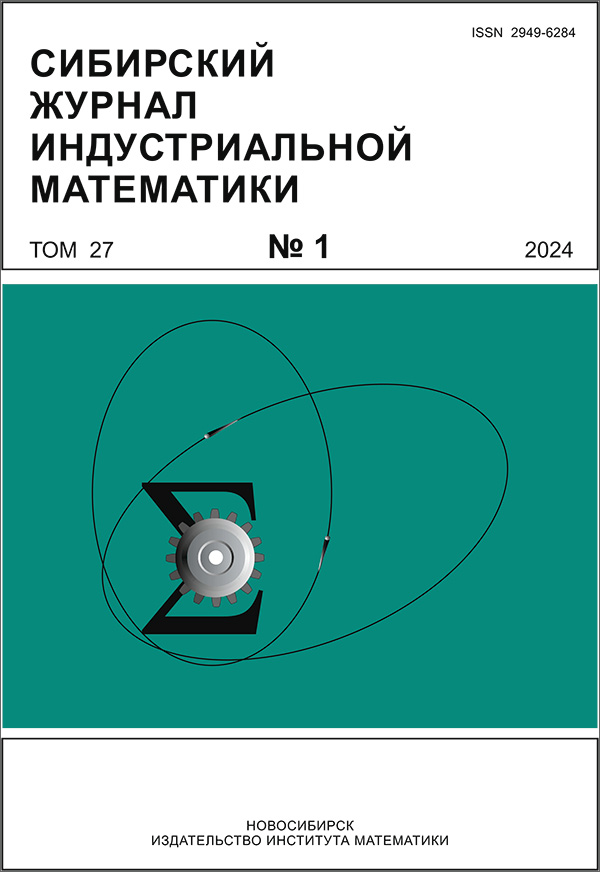|
On graphs and structural formulas of the mechanisms theory
M. D. Kovalev
Lomonosov Moscow State University, Leninskie gory 1, Moscow 119991, Russia
Abstract:
Structural formulas in the theory of mechanisms are called formulas expressing the number of degrees of freedom of the device through the numbers of its links and kinematic pairs. It is known that they are not always fair. Mathematical graph theory helps to understand this phenomenon. The validity of structural formulas in the case of generic frameworks is completely determined by their structure, described by graphs. The paper considers two models of planar frameworks with rotational pairs. The first model is a construction made up of straight rods (levers) bearing hinges at the ends. Such devices are naturally associated with a graph G with vertices corresponding to hinges and edges corresponding to levers. In the theory of mechanisms, it is customary to consider another graph G, whose vertices correspond to links, and the edges correspond to kinematic pairs. It turns out that the use of the graph G to describe the structure both in the first model and in the second one, which contains all planar constructions with rotational pairs, is preferable to the graph G. In particular, it allows to give a criterion for the applicability of structural formulas for generic constructions of a given structure.
Keywords:
structure of mechanisms, structural graphs, structural formulas of mechanisms theory, hinged mechanisms, dimension of configuration space, mathematical models of mechanisms.
Received: 06.09.2022
Revised: 06.09.2022
Accepted: 12.01.2023
Citation:
M. D. Kovalev, “On graphs and structural formulas of the mechanisms theory”, Sib. Zh. Ind. Mat., 26:3 (2023), 42–55; J. Appl. Industr. Math., 17:3 (2023), 571–581
Linking options:
https://www.mathnet.ru/eng/sjim1246 https://www.mathnet.ru/eng/sjim/v26/i3/p42
|

| Statistics & downloads: |
| Abstract page: | 64 | | Full-text PDF : | 26 | | References: | 24 | | First page: | 1 |
|




 Contact us:
Contact us: Terms of Use
Terms of Use
 Registration to the website
Registration to the website Logotypes
Logotypes









 Citation in format
Citation in format 